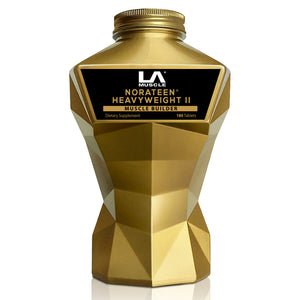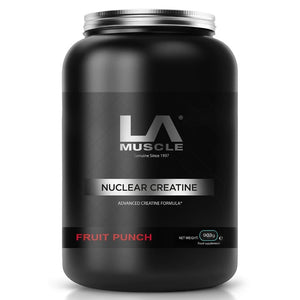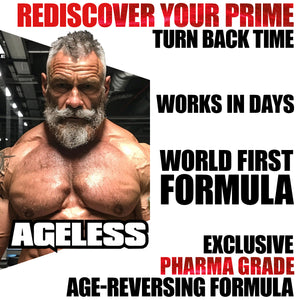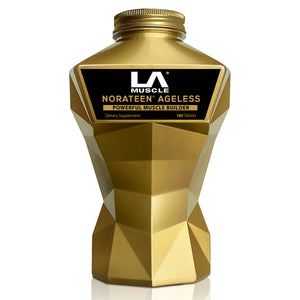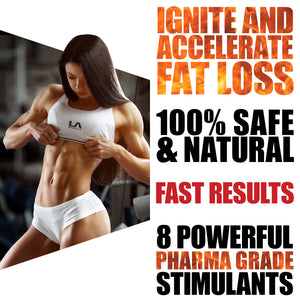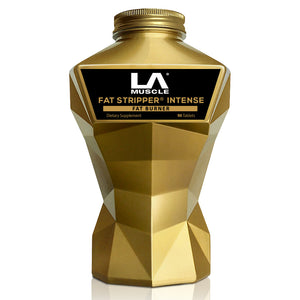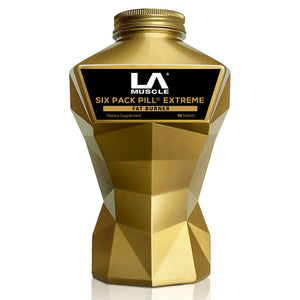
Breast augmentation, often involving breast implants, is a popular cosmetic surgery aimed at enhancing the size and shape of breasts. Despite its widespread acceptance, the procedure carries inherent risks and considerations, including the development of scar tissue, potential complications, lifespan of implants, and financial implications. Here, we explore each of these facets in detail.
1. Overview of Breast Implants
Breast implants are medical devices implanted under the breast tissue or chest muscles to increase breast size (augmentation) or to rebuild breast tissue after mastectomy or other damage to the breast (reconstruction). There are two primary types of breast implants: saline-filled and silicone gel-filled. Both types have an outer silicone shell and differ in material and consistency.
2. The Procedure of Inserting Breast Implants
The surgery typically lasts one to two hours and is performed under general anesthesia. Implants can be placed through various incision sites: periareolar (around the nipple), inframammary (under the breast), or transaxillary (under the armpit). The choice of incision depends on the type of implant, degree of enlargement desired, patient’s anatomy, and surgeon preference.
3. Scar Tissue and Capsular Contracture
Post-surgery, the body naturally forms a capsule of scar tissue around the implant, a normal part of the healing process. However, in some cases, this scar tissue can tighten and squeeze the implant, a condition known as capsular contracture. Symptoms range from mild firmness and discomfort to painful, distorted appearance of the breast, and might require surgical correction.
4. Dangers and Complications
Short-term risks:- Infection
- Hematoma/seroma (accumulation of blood or fluid around the implant)
- Changes in nipple and breast sensation
- Painful scars
- Implant leakage or rupture
- Breast pain
- Changes in breast and nipple sensation
- Implant rupture or deflation
- Necessity for additional surgeries to manage complications or remove/replace implants
Breast implant illness (BII) is a term used by some women and doctors to refer to a variety of symptoms that can develop after reconstructive or cosmetic augmentation with breast implants and might include joint pain, skin changes, fatigue, and cognitive impairment, though research continues into these associations.
5. Lifespan of Breast Implants
Breast implants do not last a lifetime. The average lifespan of breast implants is 10 to 20 years, but implants can last less or more time depending on individual factors and implant type. Periodic MRI screenings or ultrasounds are recommended to assess the condition of silicone gel-filled implants for silent ruptures.
6. Prevalence and Statistics
According to the American Society of Plastic Surgeons, breast augmentation is one of the top cosmetic surgical procedures in the United States, with hundreds of thousands of surgeries performed annually. Data indicates that both the age of recipients and the popularity of the procedure have been steadily increasing.
7. Financial Cost
The cost of breast implant surgery can vary widely. Factors influencing cost include the surgeon’s fee, type of implants, geographical location, facility costs, and additional necessary procedures. On average, the surgery can cost anywhere from $5,000 to $10,000. This cost typically does not cover potential future surgeries for replacement or complications.
8. Is It Worth It?
The decision to undergo breast implant surgery should be made carefully. Many women report increased self-esteem and quality of life as the primary benefits. However, potential risks, the possibility of future surgeries, and the financial commitment must also be considered.
Breast implants offer a means for significant physical transformation but come with potential risks and a need for ongoing medical follow-up. Anyone considering this surgery should consult with a board-certified plastic surgeon to discuss the most appropriate type of implants, realistic outcomes, and potential complications to make an informed decision that aligns with their health and aesthetic goals.



